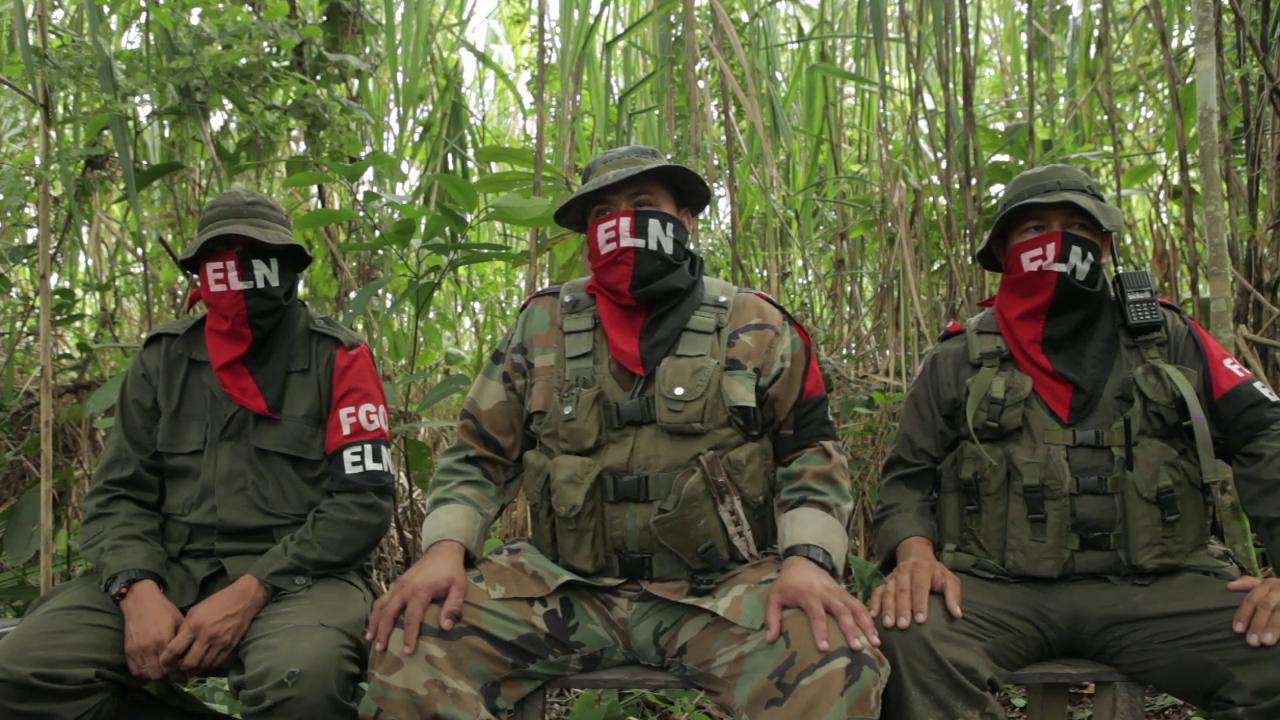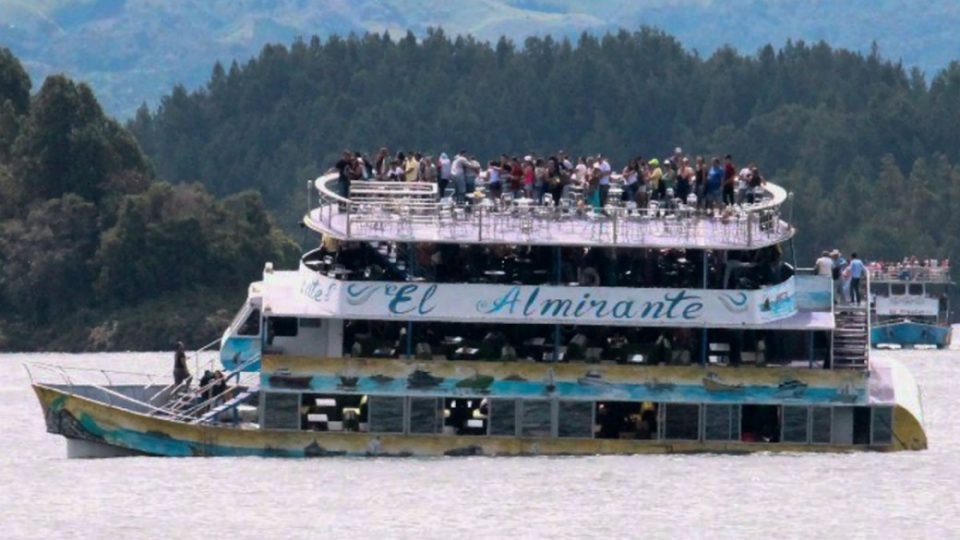
Total threats, injuries and deaths to victims of political violence 2010-2016. Source: CERAC
FARC and ELN meet in Havana
Representatives of the ELN and the FARC met in Havana at the start of May for the first time in 50 years. The idea behind the three day meeting was to find common ground and to make progress in the implementation of the current peace accord and the ongoing negotiations between the government and the ELN.
Talks between the government and the ELN are due to continue in Quito on May 16. While the eight people kidnapped by guerrillas on May 7 were subsequently released, chief negotiator Juan Camilo Restrepo tweeted that such incidents – as well as another recent attack on the Caño Limón Coveñas pipeline – seriously hamper the negotiations.
UN security council visit
Representatives of the 15 member countries of the UN security council met with government officials, NGOs and FARC leaders during their two-day visit to the country. It was the first time since its formation that the security council had come to Colombia and the group also visited one of the transitional zones to see the monitoring and verification mechanism for themselves.
The current president of the council, Uruguayan ambassador Elbio Roselli, said the council is committed to giving the support that Colombians want and deserve. “What matters is to stay the course, continue the effort and persist in the effort,” he said.
Calls for release of kidnapped official
The security council visit was marred by the kidnapping of UN official Harley López by FARC dissidents. López, who had been meeting locals as part of his work with an replacement scheme for illicit crops in Guaviare department, was taken at gunpoint on May 3.
Authorities had hoped he would be released the following day, but at the time of going to print, his whereabouts were still unknown.
CERAC: 2,670 lives saved
The latest figures from the Centre for Conflict Research & Analysis (CERAC) show that there have been no fatalities or injuries to the civilian population or the armed forces due to FARC actions in the eight months since the start of the bilateral ceasefire.
While there have been two actions which constitute a breach of the ceasefire, the report states that “neither was a deliberately hostile act by the FARC towards the armed forces or vice versa.”
Their analysis shows that 2,670 lives have been saved (or, more accurately, not lost) during the peace process, 547 of them since the start of the bilateral ceasefire.
Recent legislation
Since the passage of the bill which created the transitional justice measures and reparations for the victims of the conflict at the end of March, various decrees have been issued to regulate the peace provisions in more detail.
Most importantly, these decrees refer to the functioning of the future Truth Commission and Special Unit for the Search of Disappeared People. While victims’ and human rights organisations have generally welcomed these last two measures, they have also been extremely critical of a decree conceding conditional release to military commanders who declare willingness to cooperate with the Special Jurisdiction for Peace.
On May 5, General Jaime Uscátegui was released from prison on the grounds that he comply with the conditions established in the decree. Uscátegui had been sentenced to 37 years in prison for the crime of omission regarding the killings committed by paramilitaries in the massacre of Mapiripán in 1997.





